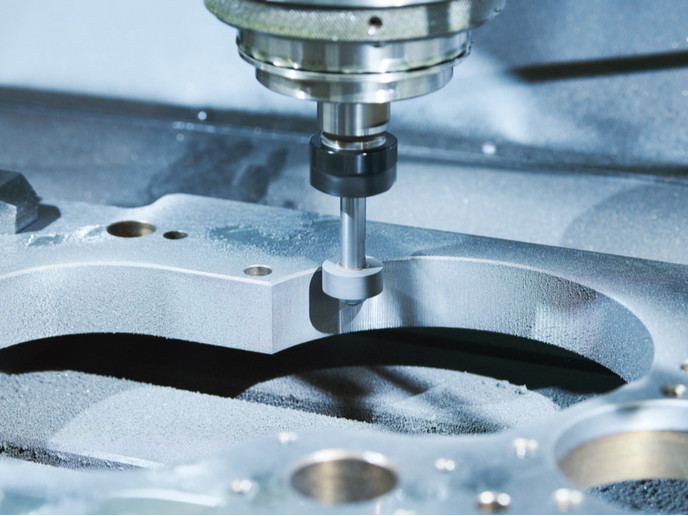Mitigating electromagnetic disturbances
In the current air vehicle life cycle, experimental verification is set at the end of the development phase, when air vehicles are already built and just before being released to the market. However, in case equipment and sub-systems are affected by mutual EM interactions or cannot correctly operate when subjected to external EM disturbances, re-work costs may be high and the delivery time scale may considerably increase in the event of redesign or retesting. To help with this, the EU-funded project 'HIRF synthetic environment' (HIRF SE) elaborated the methodology to develop a technology that should mitigate EM interference at the early stages of aircraft development. In addition, it would provide a considerable reduction in the certification/qualification tests required on air vehicles. To deal with the increased use of composite materials and structures by the aeronautics industry, the HIRF SE framework included the most advanced computational models for the numerical simulation of EM characteristics and performance. Furthermore, it was able to simulate a widespread typology and number of EM (internal and external) interference sources. Advanced computational tools were also used to calculate the internal and external fields of EM interference in low- and high-frequency scenarios (from 10 kHz to 3 GHz and from 3 to 40 GHz). With the open and evolutionary architecture of the framework, many specialised programmes were able to work together to study the EM behaviour. The correct operation of the framework was verified and validated by comparing data from real tests on small and medium air vehicles and pre-existing data for large air vehicles. Furthermore, all tools that were integrated inside the HIRF SE framework were assessed through comparisons with results from measurements. HIRF SE helps reduce the delivery time scales of future air vehicles and systems by decreasing time required for physical testing, possible redesign and re-testing. Developing and validating virtual models are key issues to reduce the number of development tests required to achieve air vehicles certification and to obtain improved results.
Keywords
Electromagnetic interference, aircraft, critical system, virtual testing, certification







